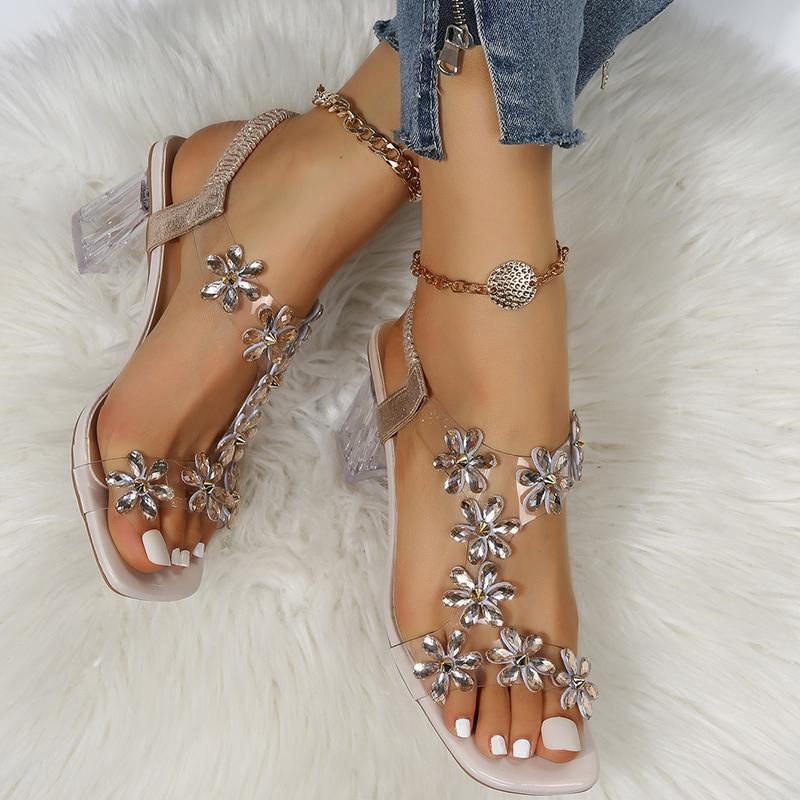5 Ways Spot Counterfeit Shoes

The thrill of snagging a brand-new pair of designer shoes at a fraction of the cost can be exhilarating, but it can also be a recipe for disaster if you end up with counterfeit goods. Counterfeit shoes can be incredibly convincing, but there are several telltale signs that can help you spot a fake. In this article, we’ll dive into the world of counterfeit shoes and provide you with 5 ways to spot them.
First and foremost, it’s essential to understand the motivations behind counterfeit shoes. Counterfeiters often target high-end brands because they can command a high price point, and the demand for these brands is incredibly high. By producing fake shoes that mimic the real deal, counterfeiters can make a significant profit, often at the expense of unsuspecting consumers. However, the consequences of buying counterfeit shoes can be severe, ranging from financial loss to potential harm from poor-quality materials.
1. Inspect the Packaging
One of the most significant giveaways of counterfeit shoes is the packaging. Genuine shoe manufacturers take great care in designing and producing their packaging, which often includes sturdy boxes, tissue paper, and authentic branding. Counterfeiters, on the other hand, may skimp on packaging or use low-quality materials that look cheap and flimsy. When inspecting the packaging, look for the following:
- Misspelled words or grammar mistakes: Reputable brands have quality control measures in place to ensure that their packaging is error-free. If you notice any spelling or grammar mistakes, it could be a sign of counterfeit shoes.
- Low-quality materials: Genuine shoe boxes are often made from sturdy materials that can withstand shipping and handling. If the box feels flimsy or cheap, it may indicate that the shoes are counterfeit.
2. Examine the Shoes Closely
A thorough examination of the shoes themselves can reveal a multitude of signs that indicate they’re counterfeit. Here are some things to look out for:
- Poor stitching or craftsmanship: Genuine shoes are made with high-quality materials and attention to detail. If the stitching is uneven, loose, or frayed, it could be a sign of counterfeit shoes.
- Inconsistent logos or branding: Counterfeiters often struggle to replicate the exact logos or branding of genuine shoes. Look for inconsistencies in the font, size, or placement of logos.
- Cheap materials: Genuine shoes are made from high-quality materials that are durable and long-lasting. If the shoes feel cheap or flimsy, it may indicate that they’re counterfeit.
3. Check the Soles and Heels
The soles and heels of shoes can be a dead giveaway for counterfeiters. Here are some signs to look out for:
- Thin or flexible soles: Genuine shoes have sturdy soles that provide support and stability. If the soles are thin or flexible, it could be a sign of counterfeit shoes.
- Poorly constructed heels: Genuine shoes have heels that are sturdy and well-constructed. If the heels are loose, uneven, or poorly attached, it may indicate that the shoes are counterfeit.
4. Research the Seller
When buying shoes online, it’s essential to research the seller thoroughly. Here are some red flags to watch out for:
- No contact information: Legitimate sellers have contact information, such as a physical address, phone number, or email address. If the seller doesn’t provide any contact information, it may be a sign of a counterfeit operation.
- Poor customer reviews: Check the seller’s customer reviews to see if other buyers have had positive or negative experiences. If the reviews are overwhelmingly negative, it may indicate that the seller is selling counterfeit shoes.
5. Verify the Price
If the price seems too good to be true, it probably is. Genuine shoes can be expensive, and if the price is significantly lower than the market value, it may indicate that the shoes are counterfeit. Be wary of sellers who offer deep discounts or “limited-time offers” that create a sense of urgency.
How can I report counterfeit shoes?
+If you suspect that you've purchased counterfeit shoes, you can report them to the relevant authorities, such as the Federal Trade Commission (FTC) or the Intellectual Property Rights Coordination Center. You can also contact the manufacturer directly to report the counterfeit shoes.
Can I get a refund for counterfeit shoes?
+It depends on the seller's return policy and the laws in your jurisdiction. If you've purchased counterfeit shoes from a reputable seller, you may be able to get a refund or exchange them for genuine shoes. However, if you've purchased from a counterfeit seller, it's unlikely that you'll be able to get a refund.
How can I avoid buying counterfeit shoes in the future?
+To avoid buying counterfeit shoes, make sure to purchase from reputable sellers, such as authorized dealers or the manufacturer's website. Research the seller thoroughly, and be wary of deep discounts or "limited-time offers" that create a sense of urgency. Finally, inspect the shoes carefully before making a purchase, and look for signs of counterfeit shoes, such as poor stitching or inconsistent logos.
Spotting counterfeit shoes requires a combination of research, attention to detail, and skepticism. By following these 5 ways to spot counterfeit shoes, you can reduce the risk of buying fake shoes and ensure that you’re getting the real deal. Remember, if the price seems too good to be true, it probably is, and it’s always better to err on the side of caution when it comes to purchasing high-end shoes.



